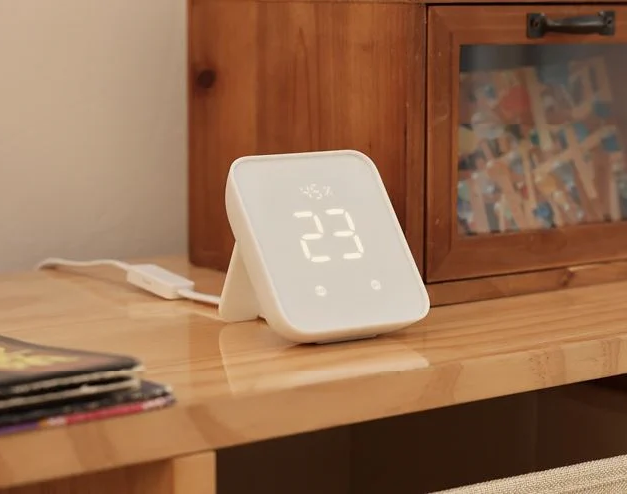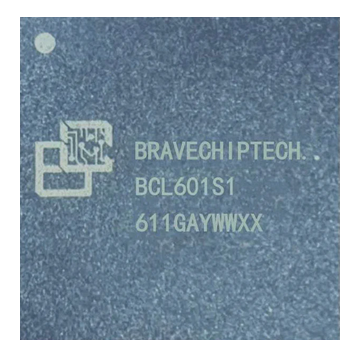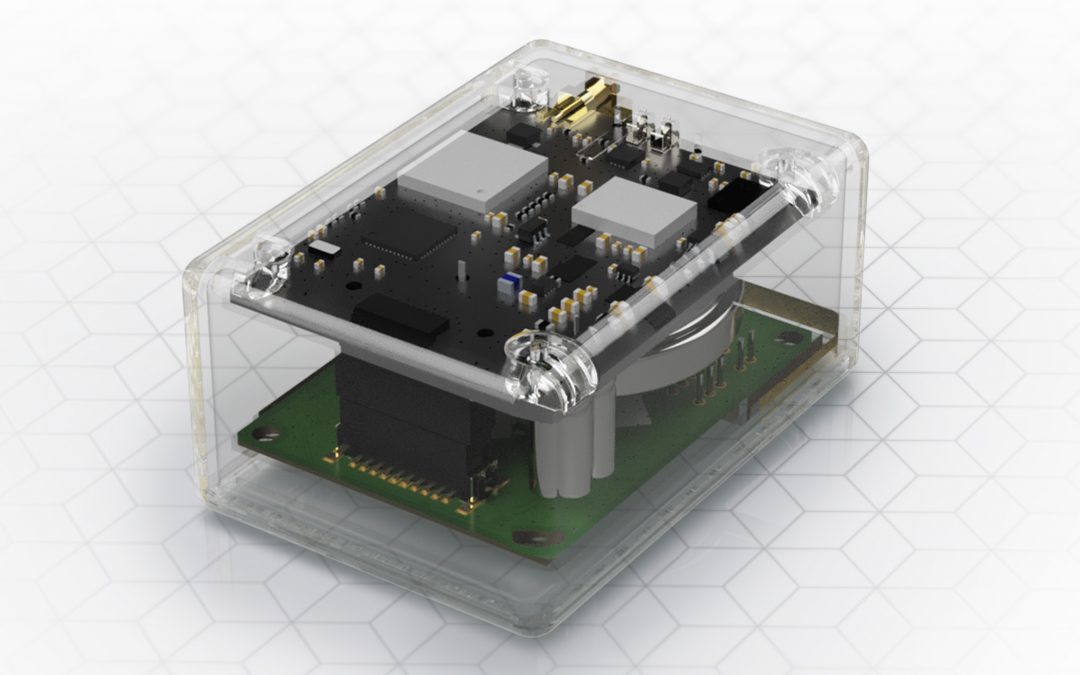Smart parking, environment monitoring, smart agriculture, building automation, asset tracking, industrial control, smart metering and emergency service response are some of the use cases
Murata, in cooperation with technology partner Sentinum, has introduced a multistack development kit for low-power wide area network (LPWAN) implementations. The Yamori dev kit features an array of wireless modules from Murata’s portfolio to accelerate evaluation activity. This allows various IoT-related LPWAN application criteria to be addressed via a single multifaceted platform that is unique to the industry. The following RF and cellular protocols have been included: LoRa, NB-IoT, Cat M1 (LTE-M) and voice over LTE (VoLTE). In addition, NFC connectivity and GNSS functionality are also encompassed and Sigfox and MIOTY can be supported by a firmware upgrade.
Within a 63 mm x 29,30 mm x 40 mm form factor, Yamori houses an LBAA0QB1SJ LoRa module and an LBAD0XX1SC cellular module. A Murata CR3677X Lithium coin battery and CT04120 secondary battery have also been incorporated, along with printed antennas, in order, says Murata, to present engineers with a fully-integrated IoT development resource. Low power operation ensures that battery life is prolonged, with as low as 1.5μA (cellular mode) being drawn when in hibernation mode. By using the kit, designers can develop solutions that deliver elevated performance parameters, while taking up little space and consuming minimal power. Smart parking, environment monitoring, smart agriculture, building automation, asset tracking, industrial control, smart metering and emergency service response are just some of the diverse use cases that this kit can be used for
“By working with Sentinum, we have been able to bring a game-changing prototyping platform to market. It provides engineers with all the building blocks upon which innovative LPWAN solutions can be implemented,” states Koichi Sorada, Product Manager of the IoT Connectivity Europe team at Murata. “No time is wasted with the integration of peripheral elements, such as antennas or a power source, since these are already included. Consequently, it is possible to move through the prototyping phase within a much shorter timeframe. Furthermore, design concepts can be adapted, rather than having to start new projects from scratch.”
Related Articles

Smart Home Hub delivers complete home ecosystem
The SwitchBot Hub 2 realizes multiprotocol connection and smart infrared control Smart home company SwitchBot has launched a 4-in-1 Smart Home Hub capable of connecting to a variety of home automation devices. The ‘SwitchBot Hub 2’ can control air conditioners,...

module collects and transmits electrocardiogram data
Bravechip’s BCL601S1 employs Nordic Semiconductor’s nRF52840 SoC to run its ECG algorithm engine and transmit the acquired data via Bluetooth LE Dedicated to providing ‘chiplet’ chip-scale solutions to the AIoT market, Bravechip has launched a miniaturized module...
Cellular IoT asset tracker features claimed battery life of over 10 years
Digital Matter’s Remora3 uses Nordic low power nRF9160 SiP for accurate and power-efficient asset tracking A recently launched cellular IoT asset tracker developed by Digital Matter supports magnetic tamper detection and enables market-leading battery life, according...
Stay Up to Date With The Latest News & Updates
Our Sponsors
Incisor.TV partners with leading organisations in the technology sector.
Follow Us
And stay up to date with our news! We are active across the key social media platforms – please do follow us!





0 Comments